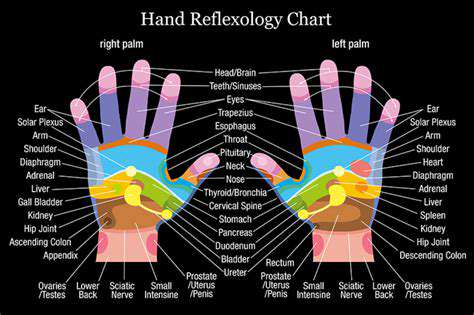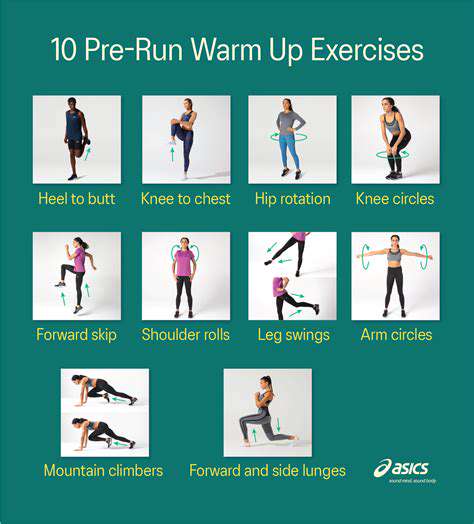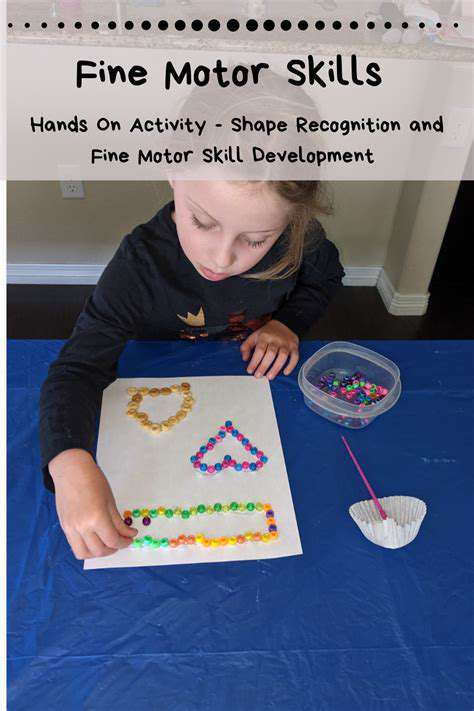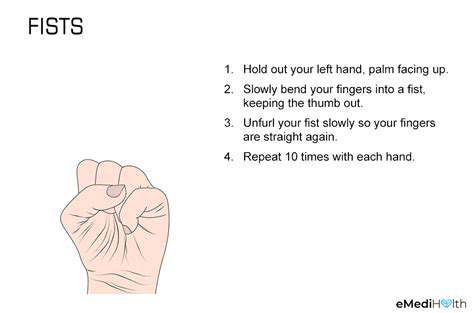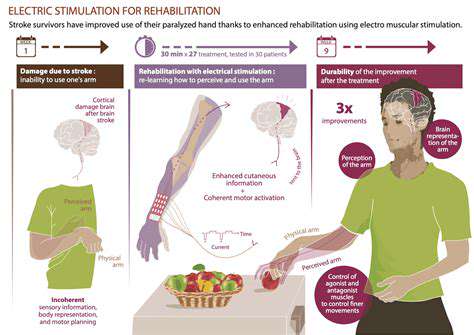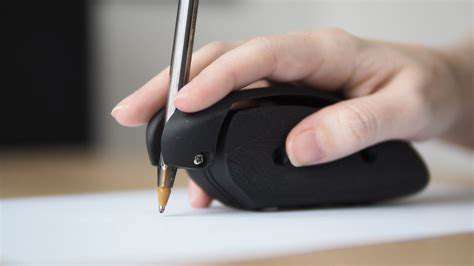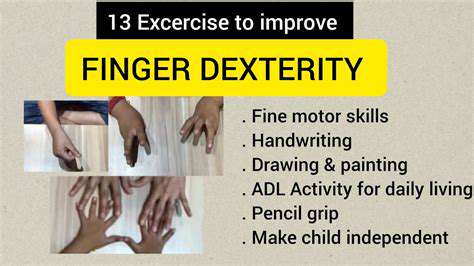DIY Hand and Arm Stretching Exercises for Home Workouts
Regular forearm rotations are crucial for maintaining healthy range of motion and preventing stiffness, particularly important for those with sedentary jobs or repetitive hand movements. These exercises help improve blood circulation to the muscles and tendons in the forearms, promoting flexibility and reducing the risk of injury. By incorporating these rotations into your daily routine, you can enhance the overall function and mobility of your wrists and hands.
Proper forearm rotation also plays a significant role in maintaining a healthy posture. Tight or inflexible forearms can contribute to imbalances in the upper body, leading to discomfort and pain in the neck, shoulders, and back. Consistent forearm rotation exercises help alleviate these postural issues, promoting a more balanced and comfortable posture for daily activities.
Wrist Extensor Stretches: Targeting Key Muscles
Wrist extensor stretches are vital for improving flexibility in the muscles that extend your wrist. These muscles, crucial for activities like gripping and lifting, often become tight due to prolonged use or lack of movement. Regular stretching helps alleviate this tightness, preventing pain and discomfort. These stretches target the extensor carpi radialis longus and brevis, extensor carpi ulnaris, and extensor digitorum, ensuring comprehensive flexibility improvement.
Wrist Flexor Stretches: Releasing Tension in Flexor Muscles
Wrist flexor stretches are essential for addressing the tightness and tension in the muscles that bend your wrist. These muscles are frequently used in everyday tasks and can become tight due to repetitive motions. Stretching these muscles helps improve blood flow to the area, reducing the risk of pain and discomfort. These stretches target the flexor carpi radialis, flexor carpi ulnaris, and palmaris longus muscles, ensuring a comprehensive approach to wrist flexibility.
Pronation and Supination Rotations: Encouraging Full Range of Motion
Pronation and supination rotations are fundamental for achieving a full range of motion in your forearms. These movements, crucial for activities like gripping tools or turning a doorknob, help improve the coordination and control of your hands and wrists. Regular pronation and supination exercises promote the health of the forearm muscles, tendons, and ligaments, preventing stiffness and improving overall function.
Wrist Circles: Improving Circulation and Reducing Stiffness
Wrist circles are excellent for improving circulation and reducing stiffness in the wrists and forearms. These gentle movements help lubricate the joints, promoting flexibility and reducing the risk of injury. Incorporating wrist circles into your routine, especially after periods of inactivity, can help maintain a healthy range of motion and prevent discomfort.
Combination Stretches: Enhancing Overall Flexibility
Combining different forearm rotations and stretches can significantly enhance your overall forearm flexibility. By incorporating a variety of movements, you can target different muscle groups and promote a more comprehensive approach to stretching. This approach helps improve the overall mobility and function of your hands, wrists, and forearms, making everyday tasks easier and more comfortable.
Cool-Down Stretches: Maintaining Flexibility After Exercise
After performing forearm rotations and stretches, incorporating cool-down stretches is vital for maintaining the flexibility gained during the session. These stretches help the muscles gradually return to their resting state, reducing muscle soreness and promoting recovery. By holding each stretch for a sufficient amount of time, you can ensure that the muscles are properly relaxed and prepared for the next activity, contributing to injury prevention.
Finger and Hand Stretches for Enhanced Dexterity
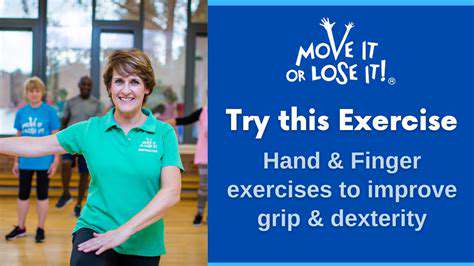
Finger Stretches for Improved Flexibility
Improving finger flexibility is crucial for various tasks, from playing musical instruments to simply gripping objects. Regular stretching exercises can significantly enhance the range of motion in your fingers, reducing stiffness and improving overall dexterity. These stretches target the small muscles in your fingers, helping to maintain their suppleness and prevent injuries.
A simple yet effective stretch involves extending one finger straight out while gently pressing on the tip with your other hand. Hold this position for 15-30 seconds, then repeat with each finger. This helps to lengthen the tendons and promote healthy flexibility.
Hand Stretches for Enhanced Grip Strength
Strong hand muscles are essential for daily activities like opening jars or carrying heavy objects. Regular hand stretches can strengthen the muscles in your palms and fingers, improving your grip and reducing the risk of injury.
One effective exercise involves making a fist, then extending your fingers outwards as far as possible. Hold this position for 10-15 seconds, then repeat this several times. This stretch targets the muscles responsible for gripping and helps to improve their strength and endurance.
Wrist Stretches for Pain Relief and Mobility
Wrist pain is a common ailment, often caused by repetitive motions or poor posture. Stretching your wrists can help alleviate pain and improve mobility. Gentle stretches can target the tendons and ligaments surrounding the wrist joint, promoting better blood flow and reducing inflammation.
A simple stretch involves extending one arm in front of you, keeping your palm facing down. Gently bend your wrist downwards, feeling the stretch in your forearm. Hold for 15-20 seconds and repeat several times.
Combining Finger and Hand Stretches for Overall Mobility
Combining finger and hand stretches in a routine can significantly improve overall hand and finger mobility. This approach targets different muscle groups throughout the hand, leading to a more comprehensive and effective stretching program.
Try performing a series of finger stretches followed by a set of hand and wrist stretches. This integrated approach can enhance your grip strength and flexibility simultaneously. This routine also helps to improve the coordination between your fingers and hands.
Stretching Techniques for Different Finger Positions
Different stretches can target specific finger positions, addressing any areas of tightness or stiffness. Understanding these techniques is important to address any particular areas that may require more attention.
For example, if you experience stiffness in your ring finger, you may need to incorporate targeted stretches focusing on that particular finger. Experiment with different stretches to find what works best for you and your specific needs.
Importance of Consistent Stretching for Lasting Results
Consistency is key for achieving lasting results from hand and finger stretching exercises. Regular stretching, even for a short period each day, can make a significant difference over time.
Regular stretching helps to improve blood circulation, maintain flexibility, and reduce the risk of injuries. Incorporating these stretches into your daily routine can contribute to long-term health benefits and improved hand function.
Safety Precautions and Considerations During Stretching
It's essential to perform stretches gently and avoid any sudden or forceful movements that could lead to injury. Always listen to your body and stop stretching if you feel any pain. Start with a gradual range of motion and progressively increase the intensity over time.
If you have any underlying medical conditions or injuries, consult with a healthcare professional before starting a new stretching routine. They can provide personalized advice and guidance to ensure that you are performing stretches safely and effectively.


